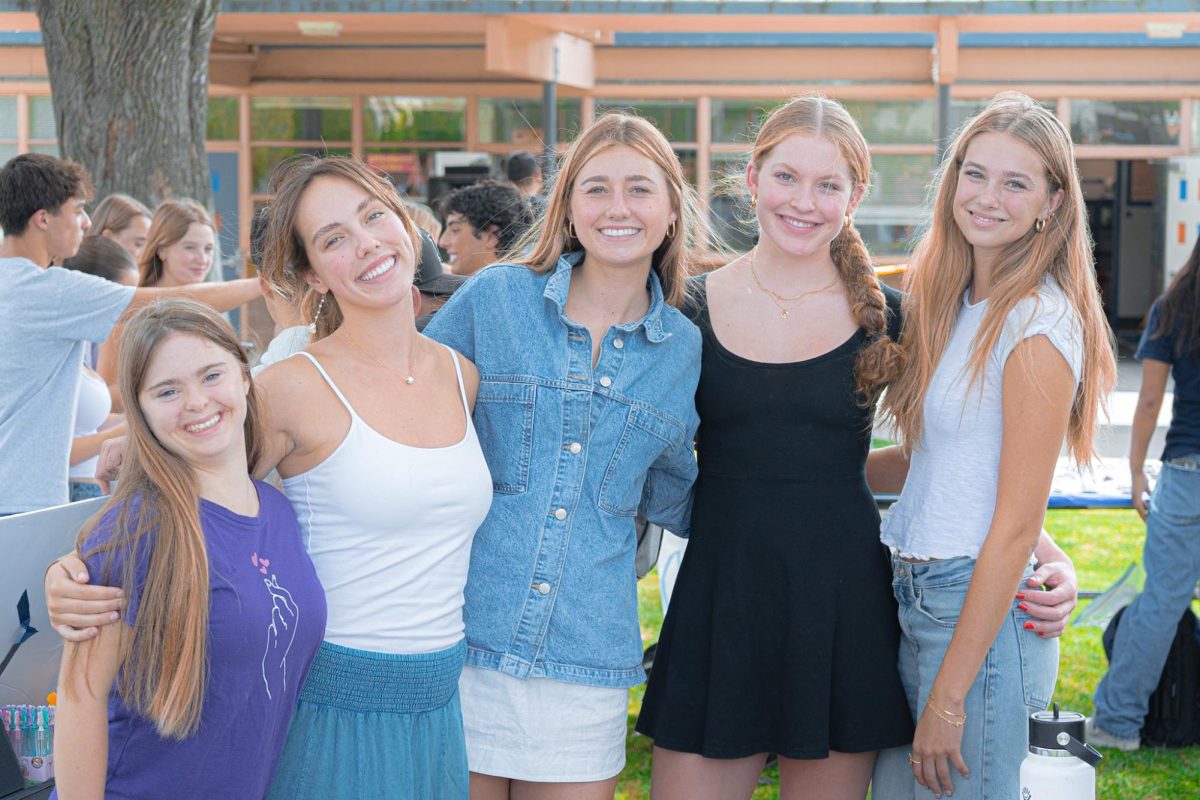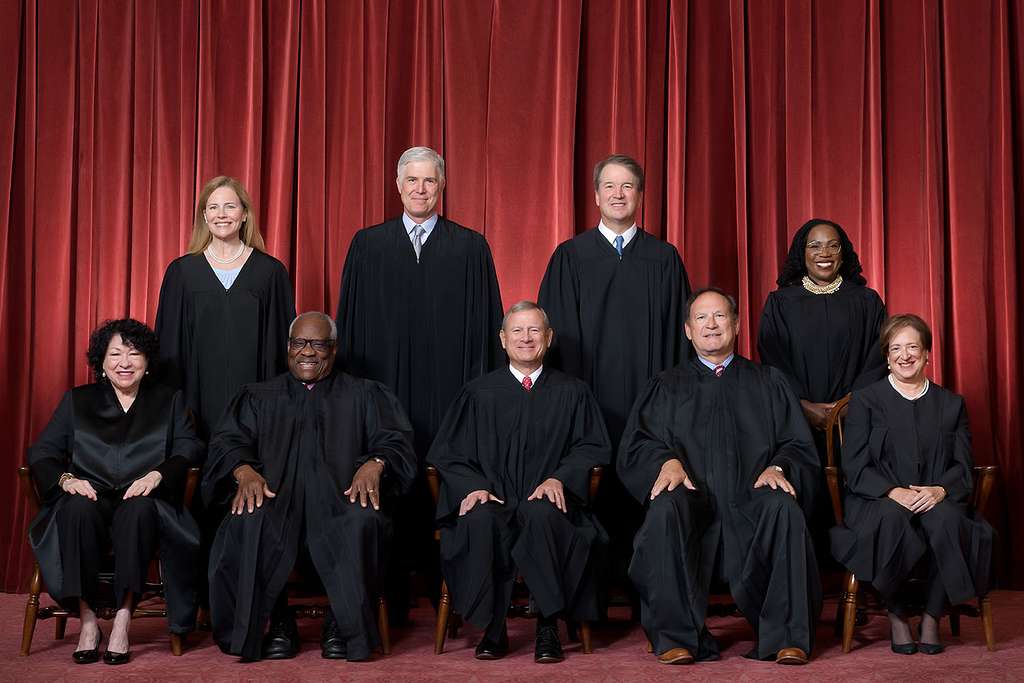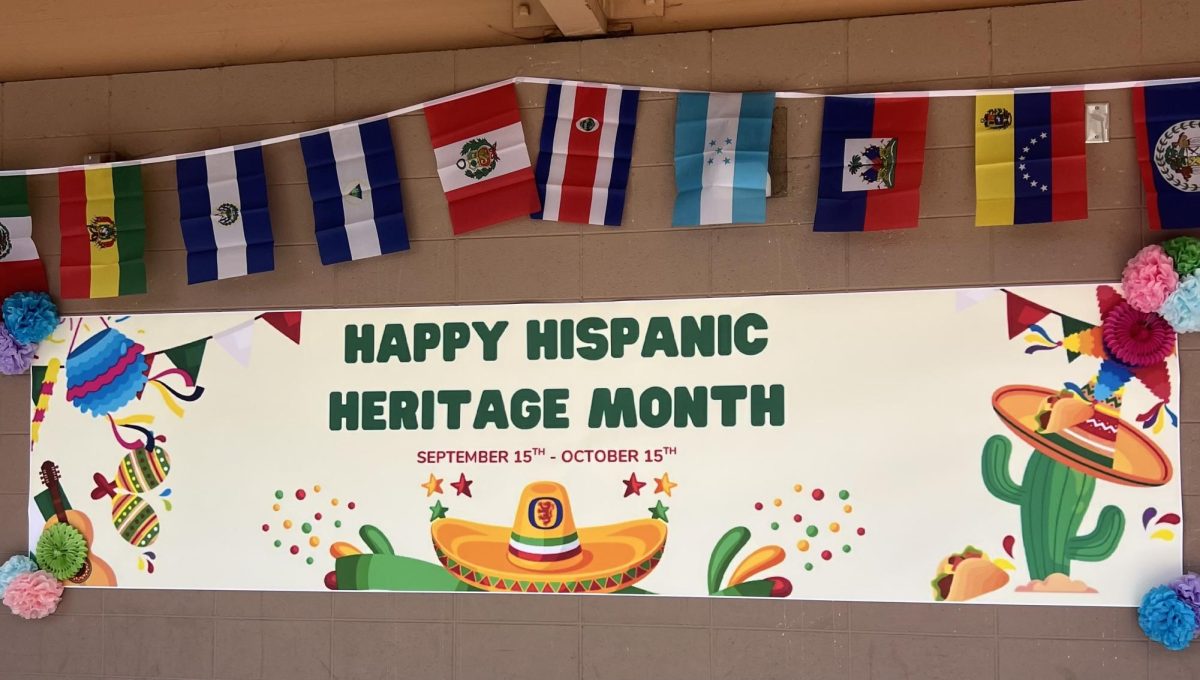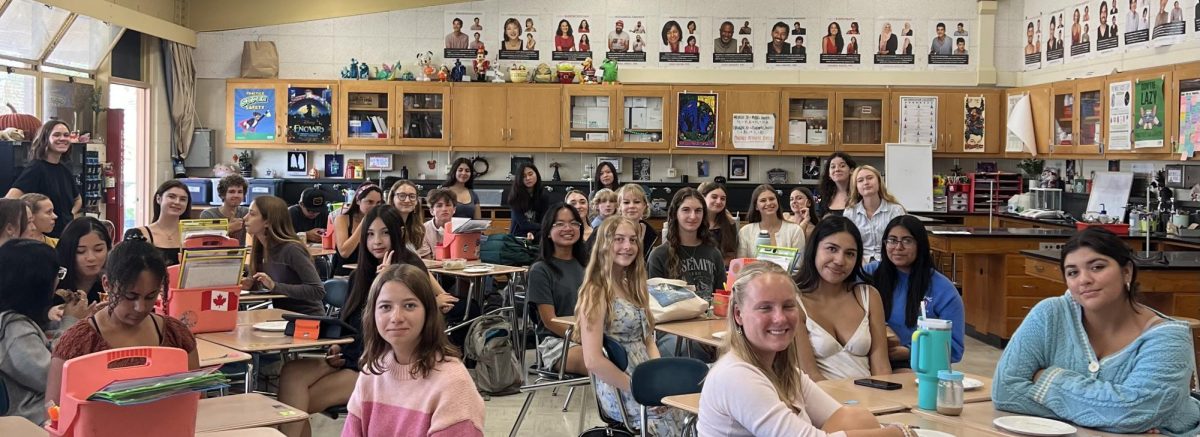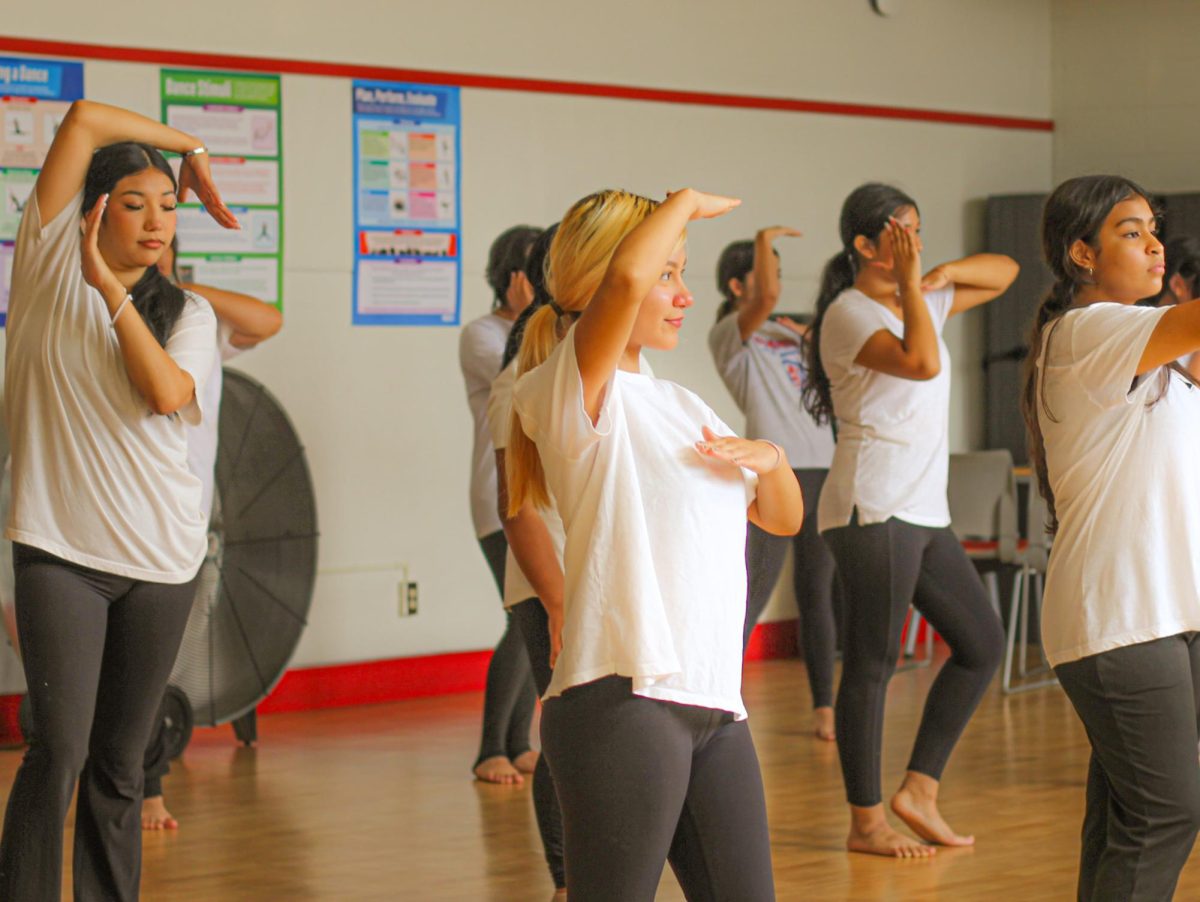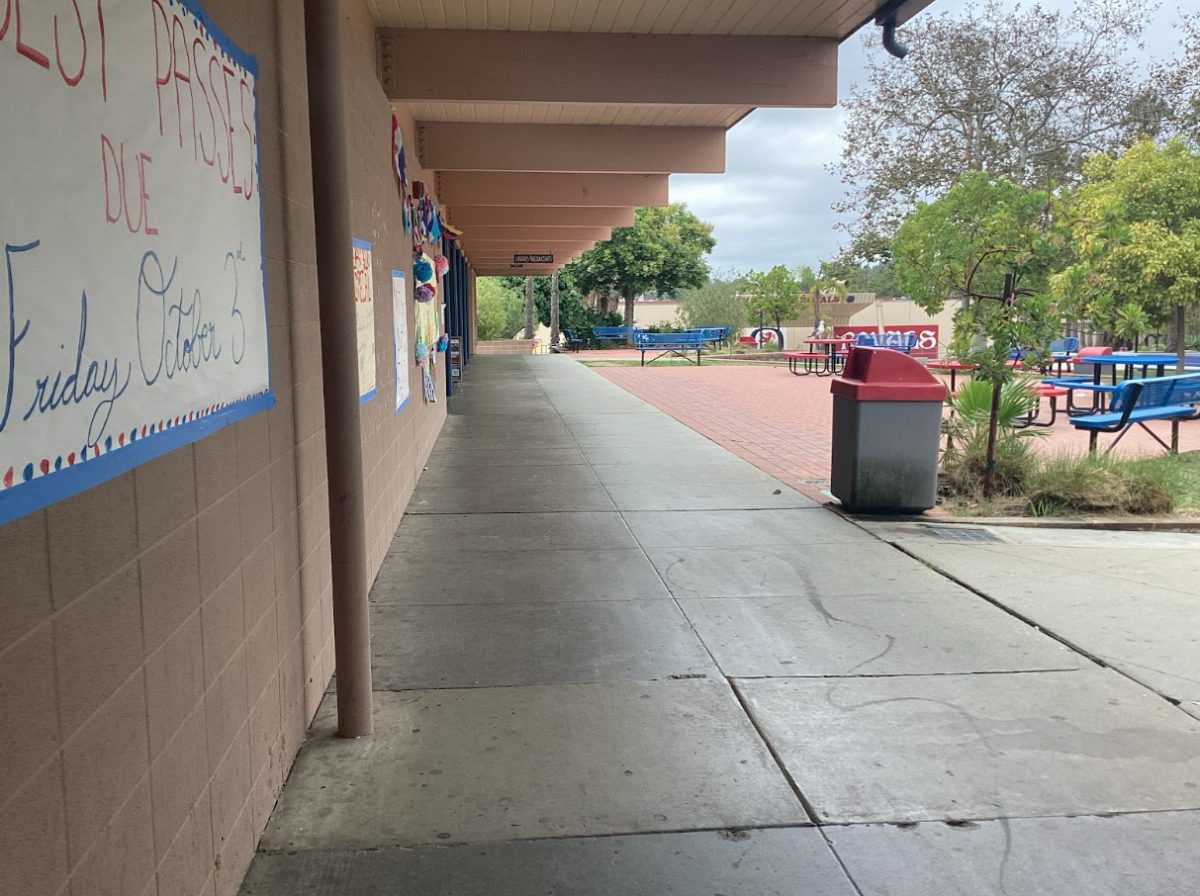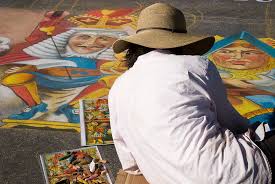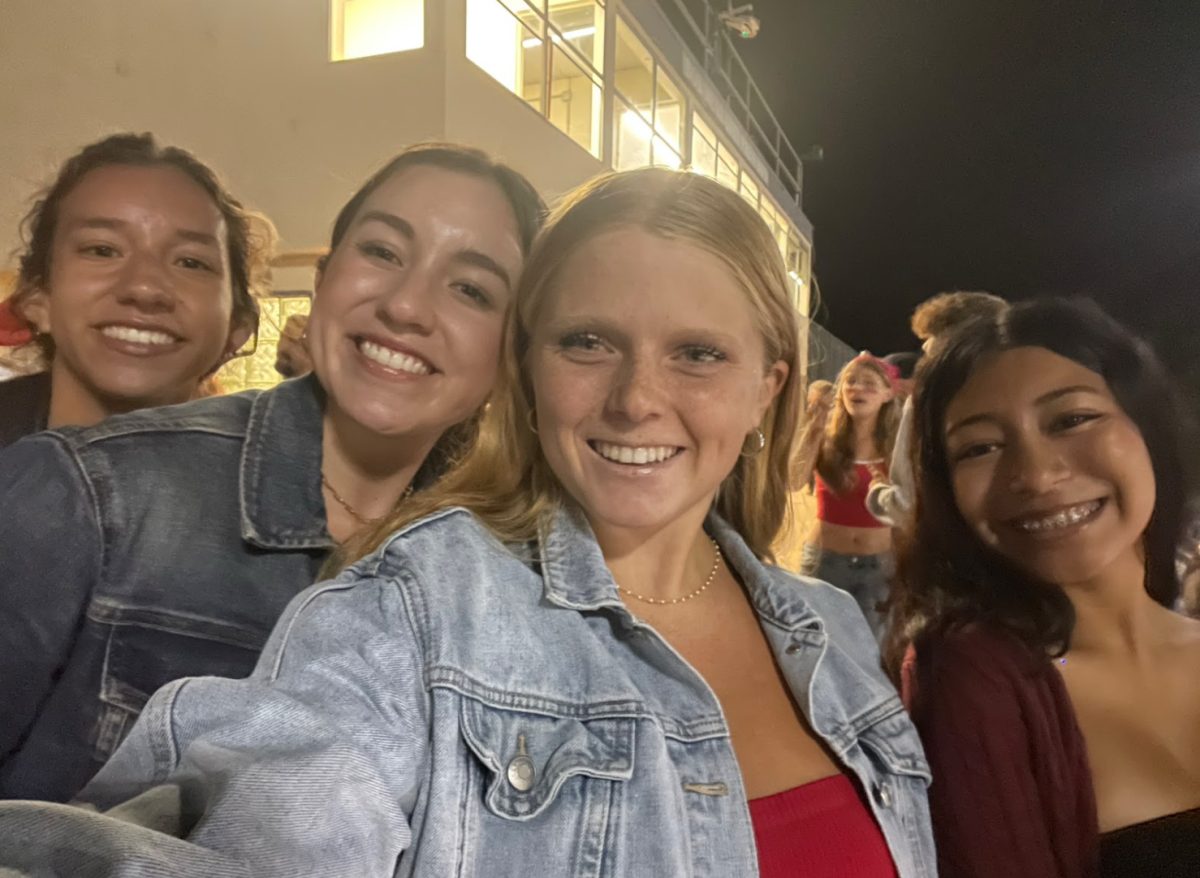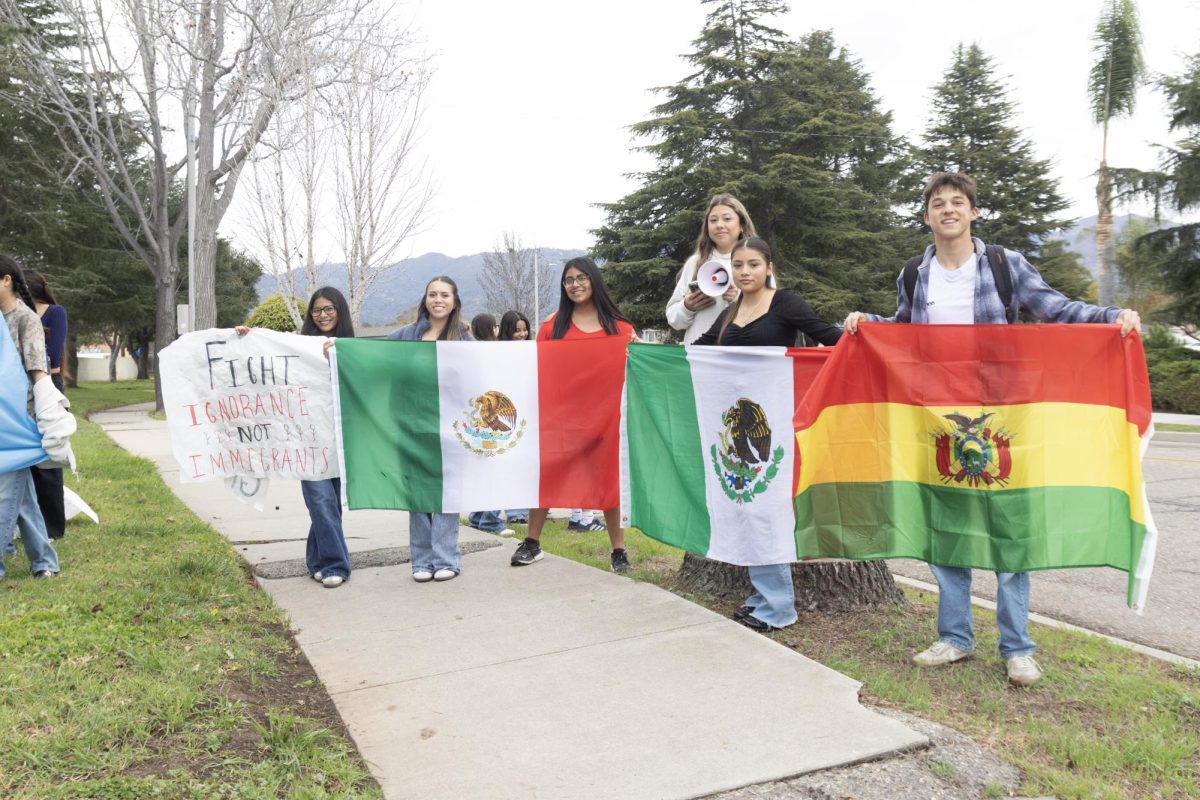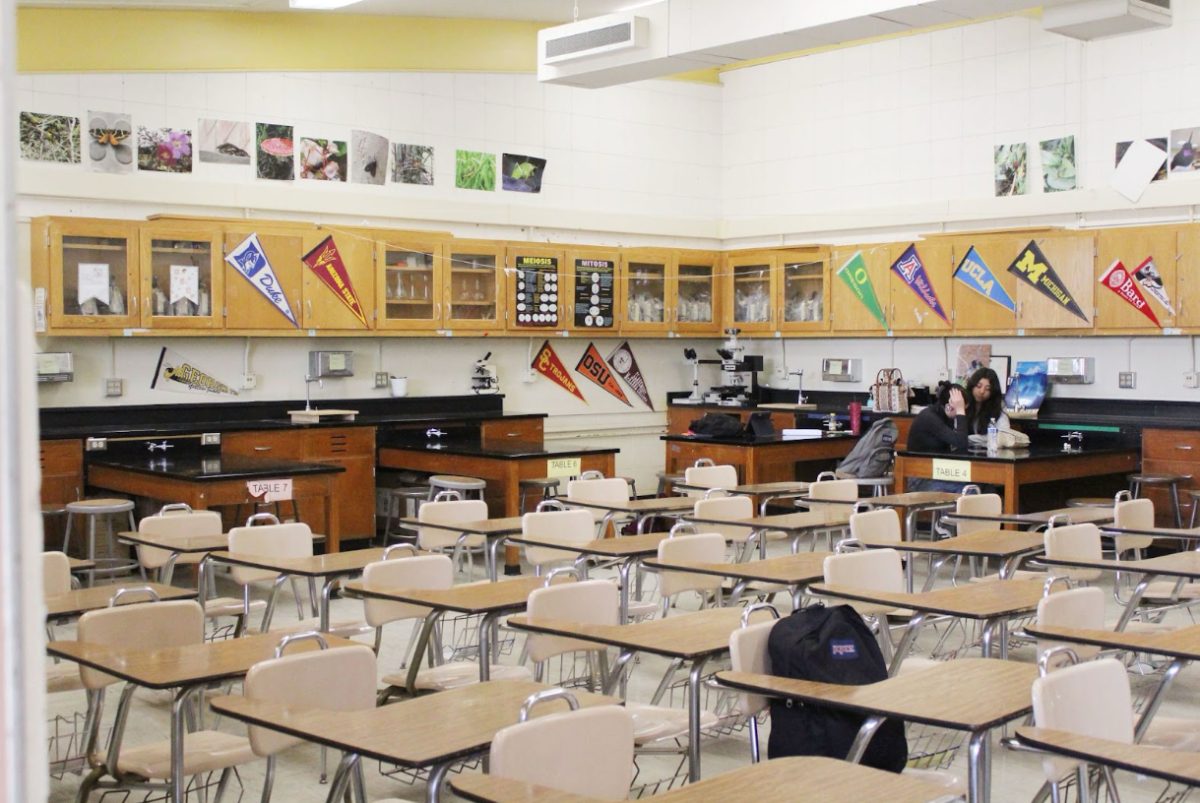Starting on September 15 and ending on October 15, begins National Hispanic Heritage Month, a national yearly holiday that recognizes the culture and influences of Latinx/Hispanic heritage. This holiday establishes the independence of many Latin American countries from Spain, including Costa Rica, El Salvador, Nicaragua, Honduras, and Guatemala, with the independence days of Mexico and Chile following right after on the 16th of September.
This national heritage month was originally celebrated as a week, signed into law by the 36th President of the United States, Lyndon B. Johnson, in 1968; it was then later expanded in 1988 to a monthly period signed into law by the 40th U.S. President, Ronald Reagan. To honor this milestone and the development of claiming independence from Spain, many people celebrate with traditions like parades, family gatherings and parties, street festivities, musical events, and more.
Mitzi Ojendis, San Marcos ASB commissioner of cultural affairs, said, “Related events and celebrations are yet to be determined but are possibly planning to include quad celebrations with music and dancing, along with a possible after school potluck.”
As well as honoring traditions, we also honor important hispanic figures that have impacted our world as we know it today. For instance, Mexican American civil rights activist, Cesar Chavez, was known for his effect on raising pay and improving work conditions for farm workers in the 1960s. He led the first successful farm workers union in history. Another impactful hispanic figure, Ellen Ochoa, was the first Hispanic American Women to go to space. Looking through her incredible research work and effort, she was selected to study the Earth’s ozone layers and then carried on with multiple more missions after that. Many Latino/Hispanic activists and figures have made huge contributions and influences on the culture and history as it is, and lots more are still continuing to do so.
There are various ways students and families can contribute and acknowledge Hispanic heritage.
Ms. Medina, Chicano and Latino studies teacher, said, “Reading books by Latino authors, trying foods by Latino chefs and restaurants, listening to Latino artists, and researching information are many ways to recognize Hispanic Heritage Month.”
Latino and Hispanic heritage and culture is rooted all around the world and is not just a month-long celebration, but a lifetime commemoration.

